Binance Labs Startup “Harmony” Launched Mainnet DAY ONE Ahead of Scheduled Time
Coinspeaker
Binance Labs Startup “Harmony” Launched Mainnet DAY ONE Ahead of Scheduled Time
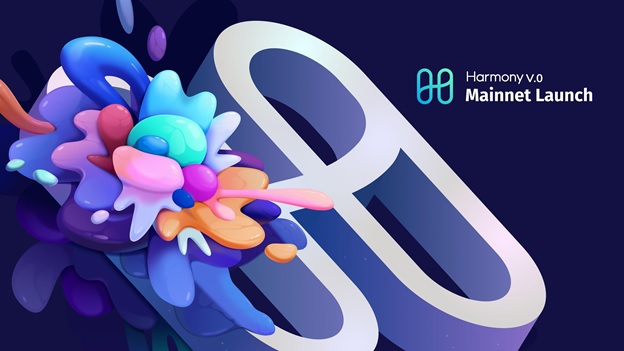
Today, Harmony Protocol, announced an early launch of the Mainnet “DAY ONE” ahead of the scheduled launch date. On June 28, Harmony’s TestNet phase ended, and DAY ONE went live on June 28 at 08:00 PST.
Harmony aims to make the existing blockchain faster by implementing deep sharding with innovations on both protocol and networking layers of blockchain by introducing:
- Highly scalable FBFT (Fast Byzantine Fault Tolerant) consensus using BLS (Boneh-Lynn-Shacham) multi-signatures.
- Secure distributed randomness generation protocol using VDF (Verifiable Delay Function).
- Sharding with adaptive Proof-of-Stake for strong network security.
- Kademlia routing and erasure encoding for optimal network performance.
How “DAY ONE” Mainnet Differs from other Protocols
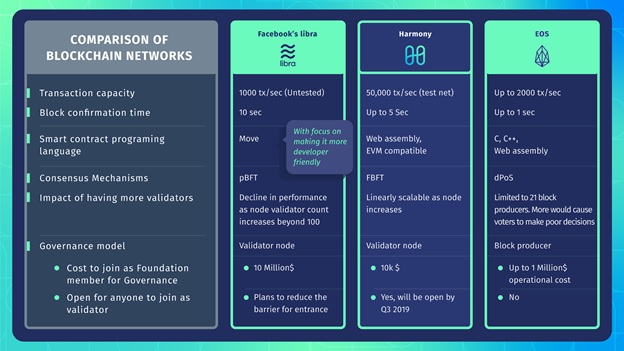
Earlier Harmony’s team has argued that Libra BFT is basically Harmony’s FBFT consensus!
The main difference is that LBFT rotate leader every block, while FBFT rotates less frequently and supports leader-change protocol in case of malicious leaders.
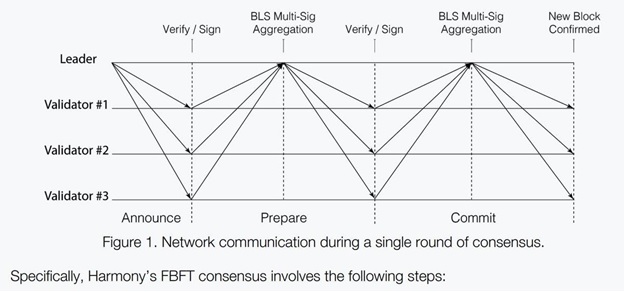
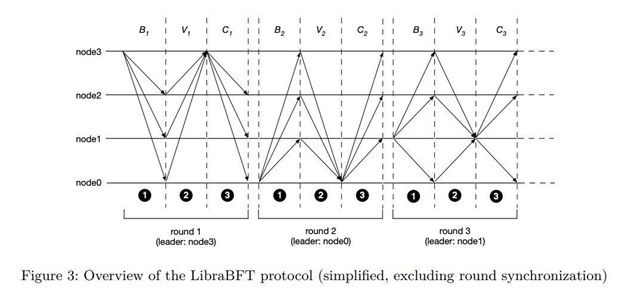
Harmony to be among the 7 most decentralized network from the DAY ONE of Harmony’s Mainnet Release.
Harmony starting with a network of 600 nodes, 150 nodes in each of the 4 shards. 150 nodes, i.e. 25% of our nodes are external, making Harmony one of the top 7 most decentralized networks in the world right below household names such as Bitcoin, Ethereum, Monero and Ripple.

An ambitious roadmap towards solving the hardest challenge in blockchain infrastructure – scaling linearly.
Bitcoin, Ethereum and the majority of current protocols do not scale linearly-more nodes slow down these networks. With Harmony, as more nodes join, the protocol enables to process more transactions. It’s a significant milestone for a blockchain network based on pBFT consensus mechanism.
In the beginning, Harmony’s blockchain will have 4 shards and a total of 600 nodes on the network (each shard with 150 nodes). Approximately 25% of the nodes will be external validators (Harmony Foundational Nodes) earning full block rewards of 0.1 $ONE per block per node.
The remaining nodes will be run by Harmony to ensure substantial monitoring and stability for the network at this early stage.

Key Innovations of Harmony’s DAY ONE
Harmony aims with Mainnet “Day ONE” to achieve a long-running and stable network that avoids hard forks and stalls. Among the core features of Harmony’s Proof of Stake infrastructure are the following:
- Fast-BFT consensus: Harmony’s Fast-BFT combines industry best-practice and cutting edge research to deliver a scalable and secure consensus algorithm. What’s new is that Harmony uses BLS multi-signatures to accelerate PBFT’s consensus process making it an order of magnitude more scalable.
- View-Change protocol: Guards the protocol against malicious leaders. In a blockchain network, nodes can be corrupted or become unresponsive overtime, therefore we need to guard against a misbehaving or adversarial leader. Harmony is the first blockchain with a functional PBFT view change.
- State synchronization: Instead of downloading the whole blockchain history (it takes days to fully synchronize the Ethereum blockchain history) to validate the current state, In Harmony, the new node downloads historical block headers and validates the headers by checking their signatures making the current state orders of magnitude smaller than the whole blockchain history.
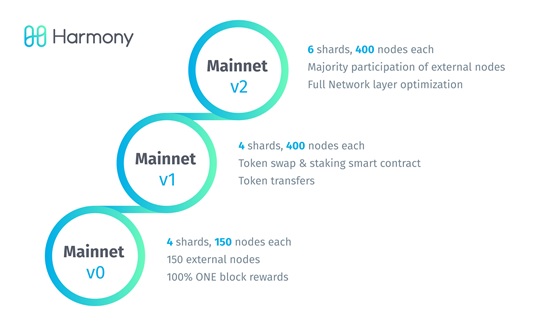
This version of Mainnet will evolve in two phases which are scheduled to be launched by Q3 2019 AND Q4 accordingly.
The V1 version of Harmony’s Mainnet is expected to be ready for launch by Q3 2019 with native Harmony tokens and several other features including:
- Kademlia routing.
- Rateless erasure code.
- Fast state sync.
Decentralization is critical to the security and resilience of any blockchain network. Therefore by the launch of mainnet v1 Harmony plans to expand the current validator node ecosystem from 600 to 1600 nodes by making participation public and permissionless.
Additionally, by Q3 2019, Harmony smart contracts will be ‘EVM’ compatible. This will enable existing EVM compatible decentralized application to move on to Harmony blockchain and benefit from highly scalable, secure and cost-efficient network.
The V2 version of Harmony’s Mainnet – scheduled for Q4 2019 will support WASM. Developers selecting Harmony for building dApps can write smart contracts in the programming language of choice or the one they already know, making the process fast, safe and significantly lowers barriers to adoption.
Additionally, Harmony dApps can utilize zero-knowledge proof in their applications. This will allow adding privacy feature in places where user’s information, identify or data needs to be protected like dApps creating a marketplace where users can store and monetize their data or for data captured from internet-of-things to be kept private.
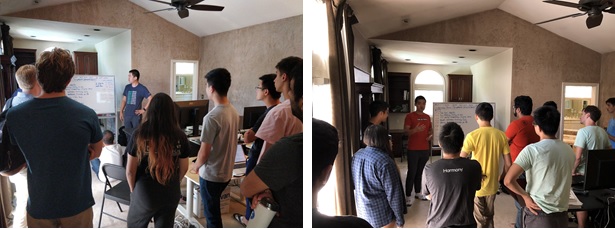
About Harmony Protocol
Built by a team featuring engineers and leaders from Google, Apple, Amazon, Stanford, and Harvard, Harmony is a fast and secure blockchain with key innovations in state sharding and peer-to-peer networking. Its sharding uses secure proof-of-stake and decentralized randomness, and its networking achieves optimal cross-shard routing and fast block propagation. Harmony has raised during May 2019 $5 million in an Initial Exchange Offering hosted by Binance Labs. In this session, all 1.58 billion ONE tokens were sold to Launchpad participants who drew and claimed winning lottery tickets.
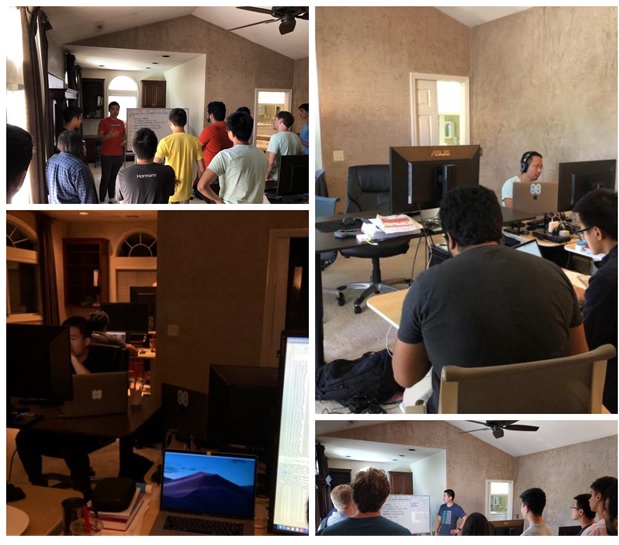
About Proof-of-Stake
Proof-of-Stake is a consensus algorithm of public blockchains which is operated dependent on a validator’s stake in the network. While the selection of next block creator is chosen randomly, the user stake in the network is accounted while choosing. A typical example of Proof of Stake selection criteria is the age of an asset held by the creator. Along the most popular Proof-of-Stake blockchains are Cardano, Dash, QTUM, Harmony, QuarkChain. Ethereum Network itself is considering implementing proof-of-stake into its’ blockchain.
An analytical explaining document of Harmony’s Staking and Incentive Design can be found here.
Binance Labs Startup “Harmony” Launched Mainnet DAY ONE Ahead of Scheduled Time
OhNoCrypto
via https://www.ohnocrypto.com
Kseniia Klichova, Khareem Sudlow


